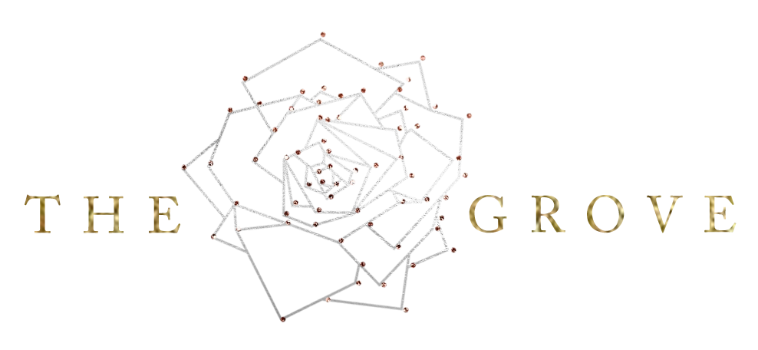There’s so much talk about photos being stolen, who owns what, and how to legally protect yourself. As a photographer, it’s something you should be clear with when communicating with clients. Getting all the terms straight, though, can be tough. And getting them clear enough that you can explain them to your clients? Even tougher!
What is copyright?
Simply put, copyright is ownership. If you own copyright, you own the item. You have a right to do with it as you please, as long as it doesn’t infringe on other’s rights and protections. In the United States, the creator of art (including photography) automatically holds copyright unless it’s handed over to someone else in writing.
How is this different from use rights? Use rights are permissions granted to someone to use the item. The person that holds copyright (ownership) would grant someone use rights (permission) for using certain photos for certain types of use or on certain media. The person or entity that has use rights does NOT own the photos; they just have permission to use it in certain ways. Often, use rights will also be for a set amount of time. For example, you may take photos that are used for a marketing campaign by your client. So you grant your client use rights for 5 years for that specific marketing campaign. These types of limitations are often set on larger projects, but as copyright holder you have the right to set the limits that you’re comfortable with.
So what does this mean for you?
As an interior photographer, you’re granting rights to your clients to use the photos. The details of what rights you grant them will vary, but there are a few things to keep in mind:
Typically, rights are granted to your client only. This means that any third party that wants to use the photos commercially does not have rights to use the photos. This is where licensing comes in. You can license rights to other businesses (such as the furniture companies, cabinet builders, developers, lighting designers, etc) for their marketing use. Be clear with your clients on these limitations, as it’s really tough to track digital files once they get sent around from contractor to contractor!
If it’s a large project or being photographed for a specific campaign, consider limitations on time, media type, and country of publication.
If you’re asked to hand over copyright, first try explaining the difference between copyright and use rights. Often, clients don’t know the difference in these terms. If you do decide to sell copyright, consider raising your rates significantly; you’re giving up all your rights to these photos, after all!
Limitations as copyright holder
As the photographer you do have copyright, but this doesn’t mean that you can automatically do anything you want with those photos! If the photos are of locations visible from a public street, then you’re legally able to use the photos however you want. When it’s a private residence and setups that are not visible from a public street, you need to get a property release in order to show the images. If the photos are simple or details that make the space unidentifiable, then you don’t need a property release at all. All this being said - I recommend getting a property release for all shoots. Just in case! Interior designers will typically have authority to sign a release for you, but you can also work it into the contract for that shoot.
Final tips
Unfortunately, most of us have horror stories of photos that were used without permission. To avoid more painful experiences, here are a few more tips for you:
-
Always have a contract. It shouldn’t need to be said, but we all have moments of weakness when we agree to shoot something without an actual contract in place. Make a contract part of your workflow and stick to your guns about getting it signed! Not sure where to start? Grab the Architectural Contract Templates Bundle in The Grove Shop!
-
Let new clients know of use rights limitations when giving them a quote.
-
In case of any legal action, it helps to have your photos filed with the U.S. Copyright Office. You can submit up to 750 photos at once, so it’s a good idea to do this process periodically for your top images.
xo,
Natalia





